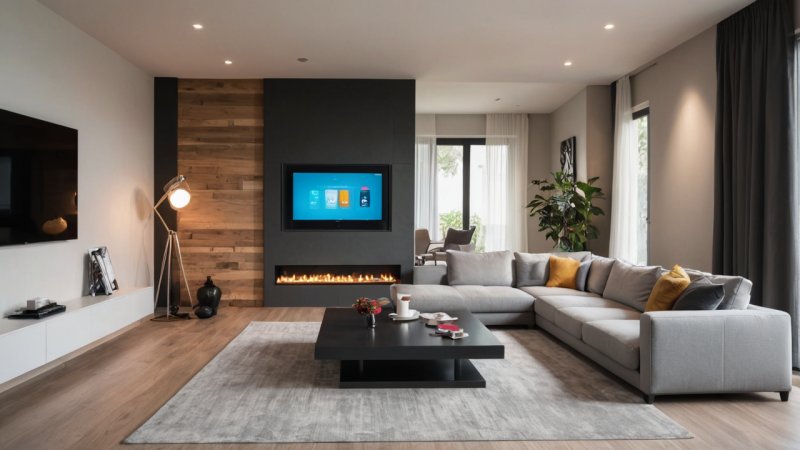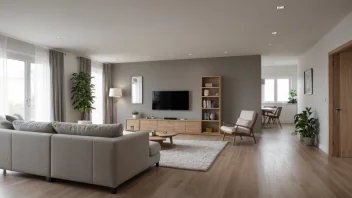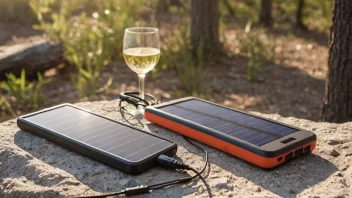As technology continues to advance, it is reshaping not just the gadgets we use, but the very spaces we inhabit. Smart home devices are revolutionizing how we design, interact with, and optimize our living environments. From energy efficiency to enhanced security, integrating smart technology into home design can significantly enhance comfort, convenience, and sustainability. Here are five key ways smart technology is transforming modern home design.
1. Enhanced Energy Efficiency
One of the most significant impacts of smart technology on home design is the ability to create energy-efficient environments. With smart thermostats, homeowners can monitor and control their heating and cooling systems remotely, optimizing energy use based on occupancy and preferences. For instance, models such as the Nest Learning Thermostat learn your schedule and adjust accordingly, which can lead to reduced energy bills. Additionally, smart lighting systems allow for automated schedules and dimming options that contribute to energy savings.
2. Seamless Integration of Smart Devices
Modern home design embraces the concept of interconnectedness, allowing different smart devices to communicate and work together. For example, smart home hubs like Amazon Echo or Google Nest can serve as central controllers for various devices, including lights, locks, and cameras. This seamless integration promotes user-friendly experiences and enhances the overall functionality of a home. By designing spaces that accommodate these technologies—such as built-in charging stations or strategically placed outlets—homeowners can create a more cohesive and efficient living environment.
3. Advanced Security Features
Home security has taken a giant leap forward with the advent of smart technology. Smart locks, doorbell cameras, and motion sensors can be integrated into the design of a home, allowing for enhanced protection and peace of mind. Homeowners can remotely monitor their properties via smartphone apps, receive instant alerts, and even grant access to visitors from afar. Incorporating these security features into the design not only provides safety but also adds aesthetic value, as many products are sleek and modern.
4. Personalized Comfort and Convenience
Smart home technology allows for a degree of personalization that was previously unattainable. From automated window treatments that adjust based on sunlight to smart speakers that curate music playlists according to your mood, technology makes it easy to tailor your environment to your preferences. Moreover, voice-activated assistants can simplify daily tasks, from setting reminders to controlling appliances. This level of convenience elevates the living experience and encourages homeowners to think about how technology can complement their lifestyles.
5. Sustainable Living Solutions
As sustainability becomes a priority for many, smart technology offers innovative solutions that promote eco-friendly living. Smart irrigation systems can optimize water usage in gardens and lawns by adjusting schedules based on weather conditions. Additionally, smart appliances are designed to consume less energy and water, reducing the overall environmental footprint of a household. By designing homes with these technologies in mind, homeowners can not only save on utility bills but also contribute to a healthier planet.
In conclusion, the integration of smart technology in home design is creating a new paradigm for how we live. From enhanced energy efficiency and seamless device integration to advanced security features, personalized comfort, and sustainable living solutions, the benefits are numerous. As we continue to embrace these innovations, the spaces we inhabit will not just be smarter, but more attuned to our needs and the environment around us.






